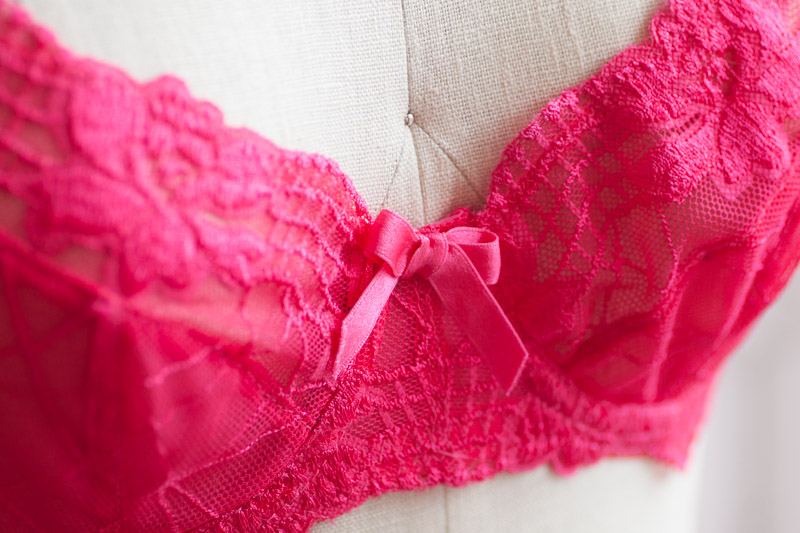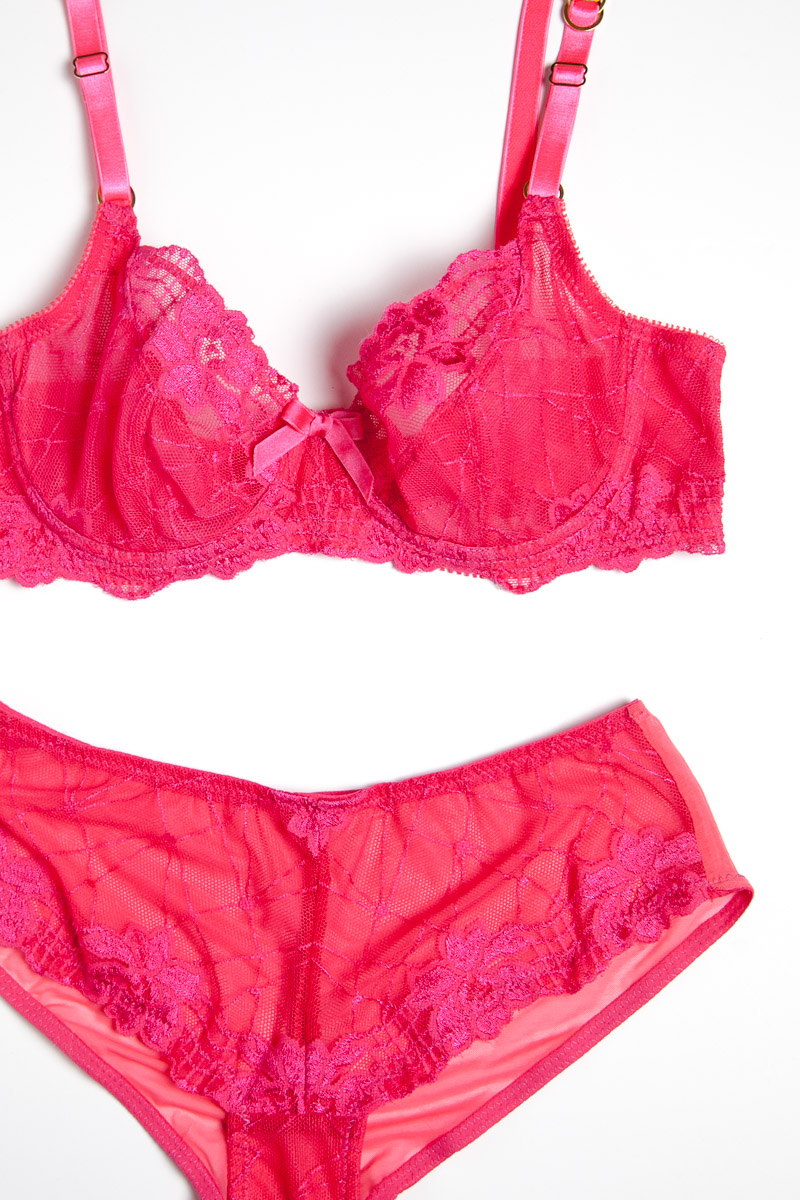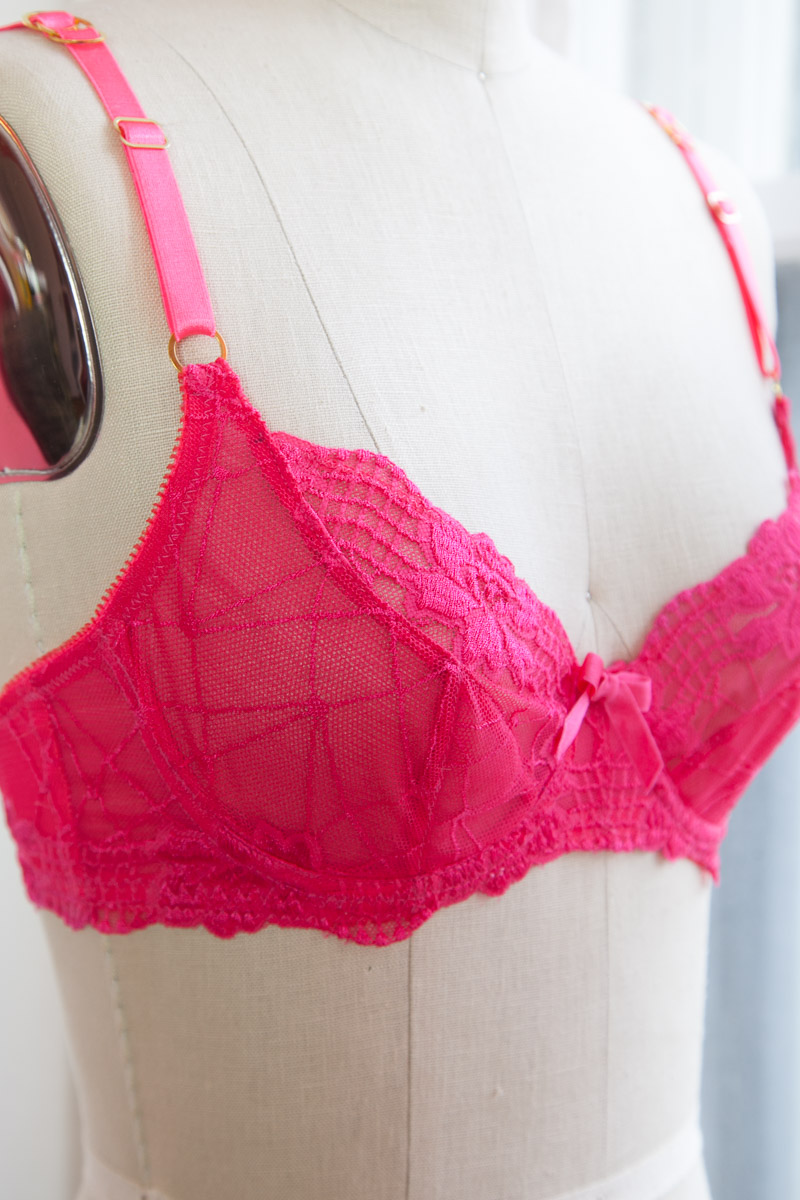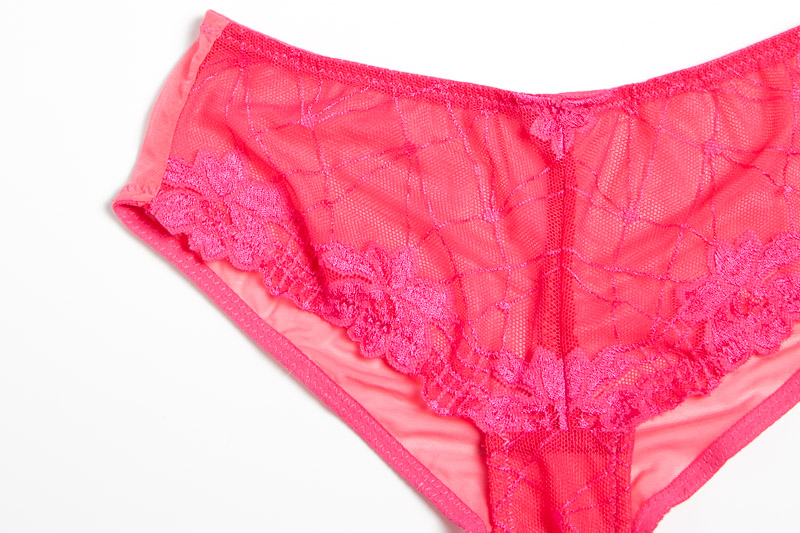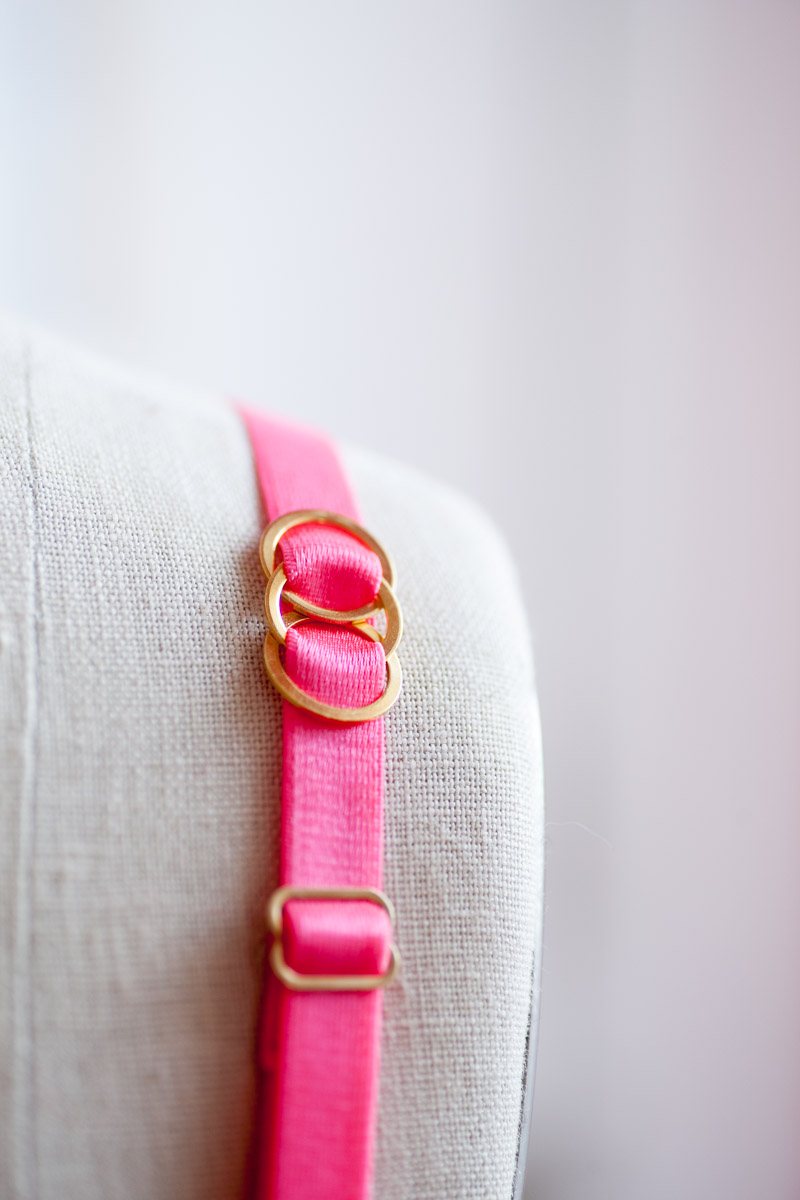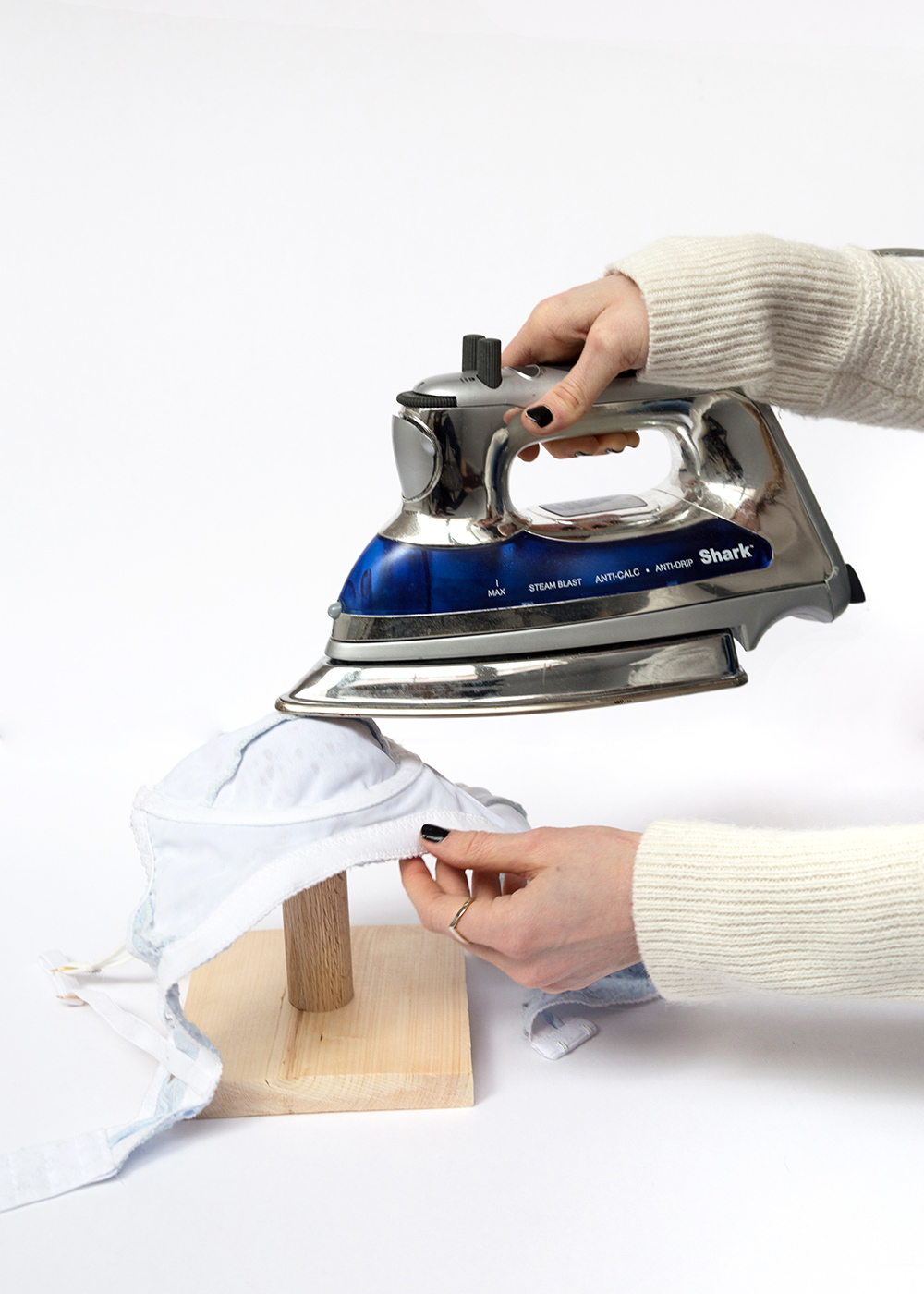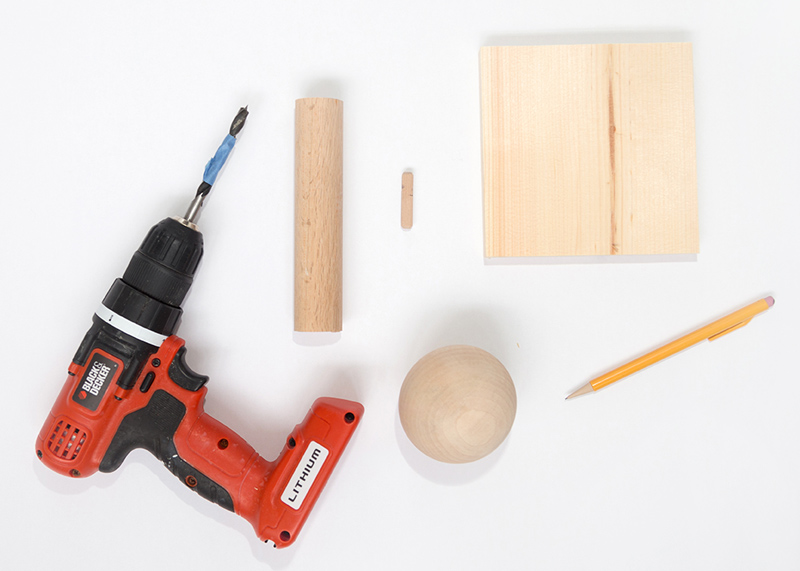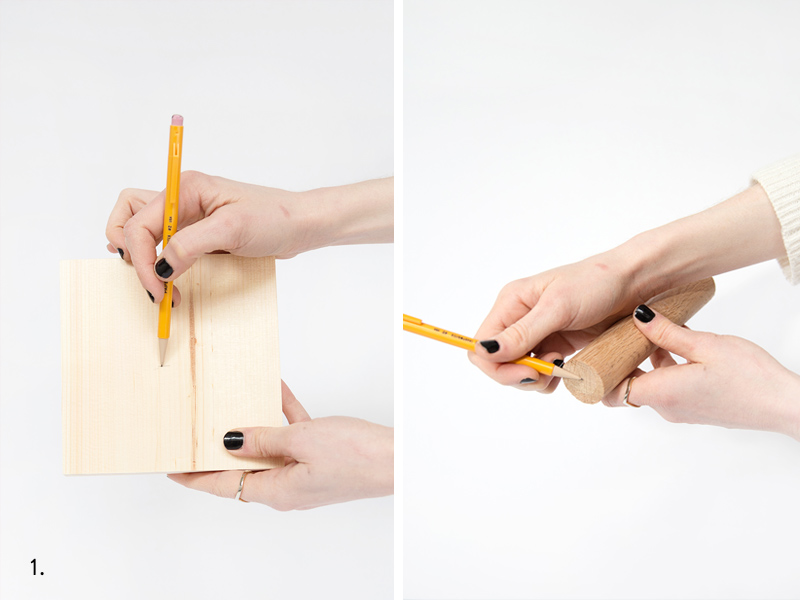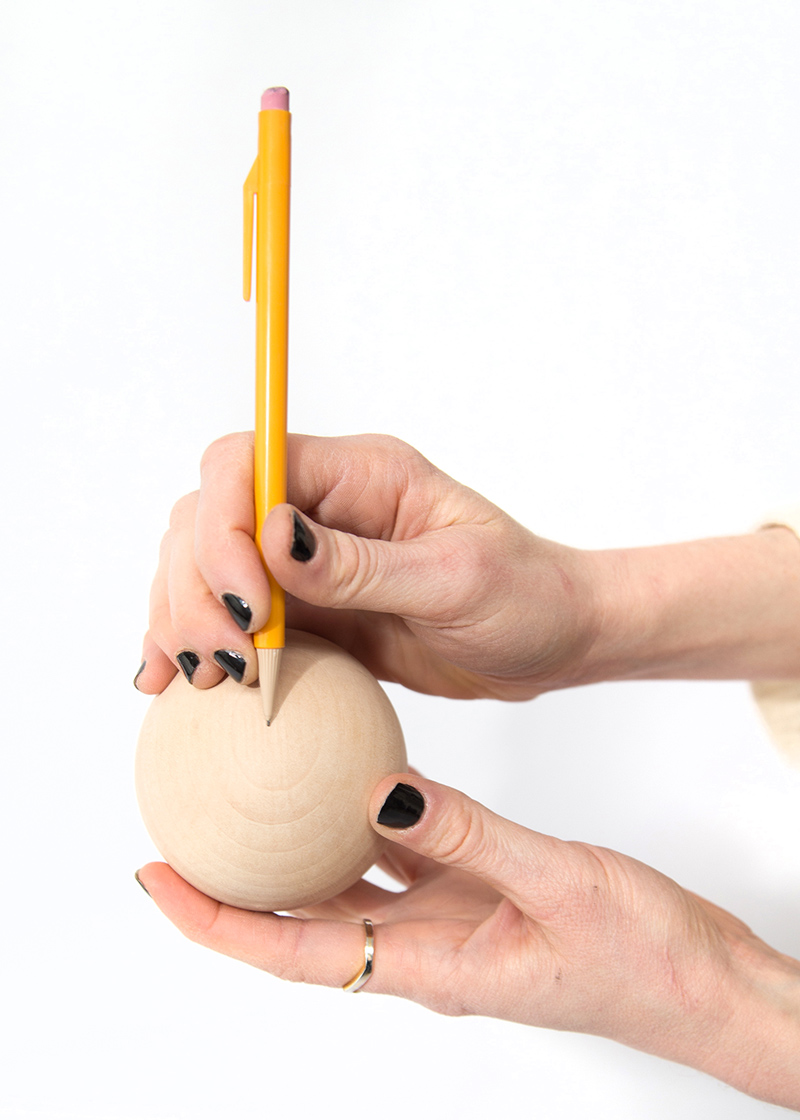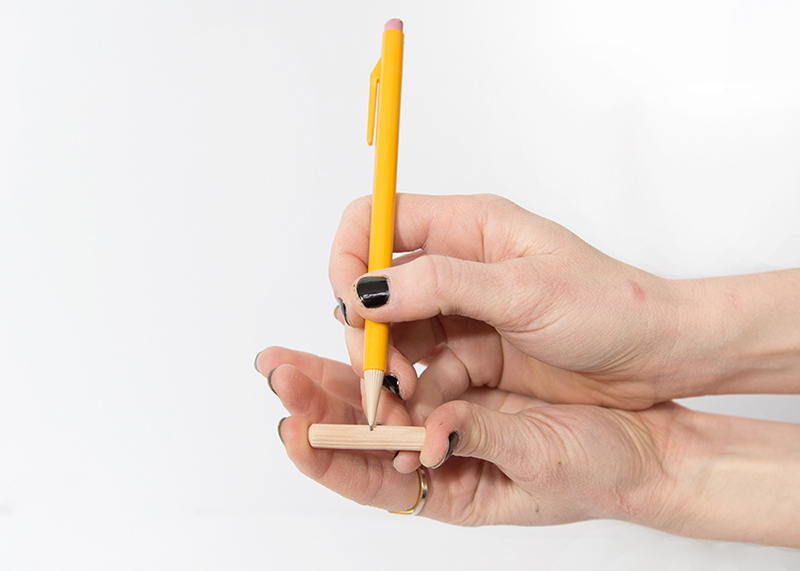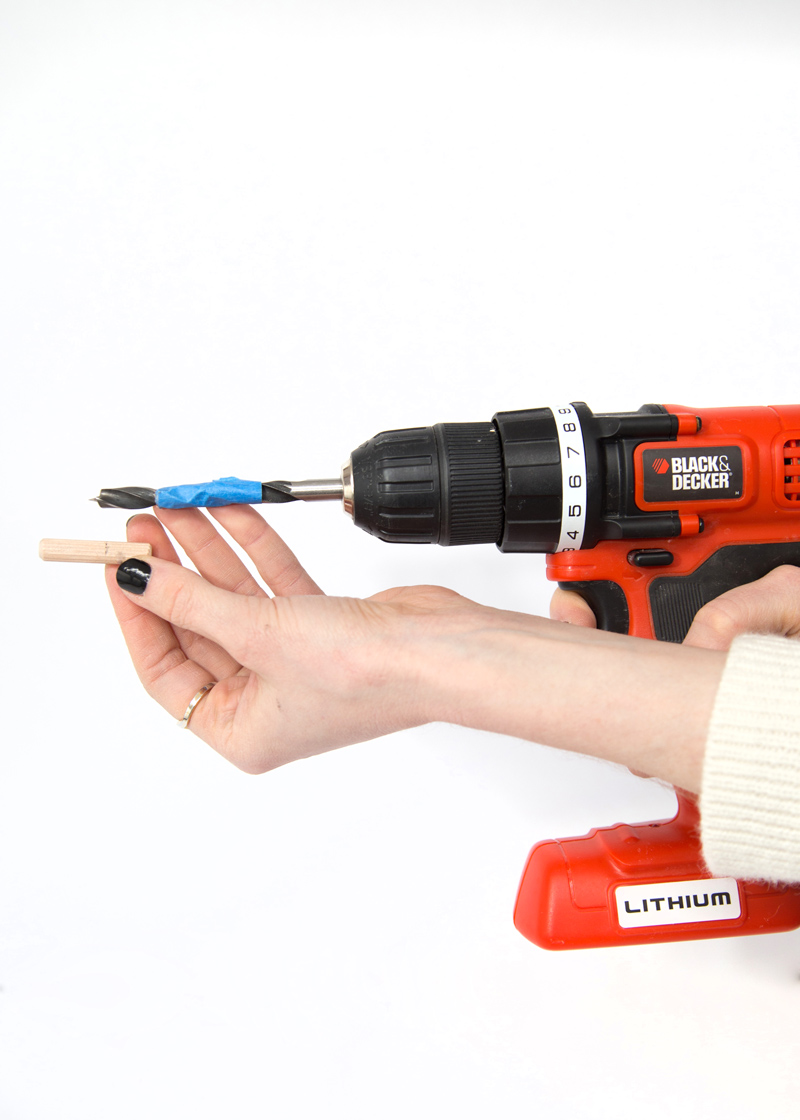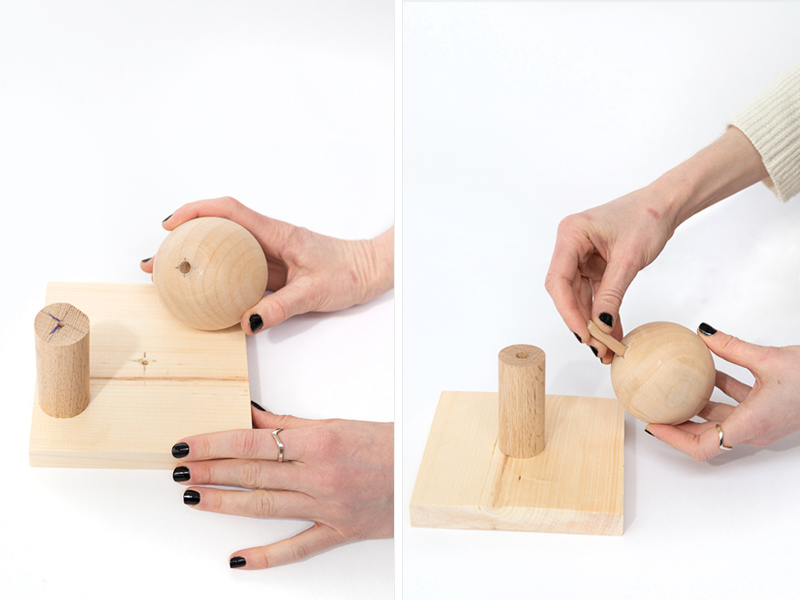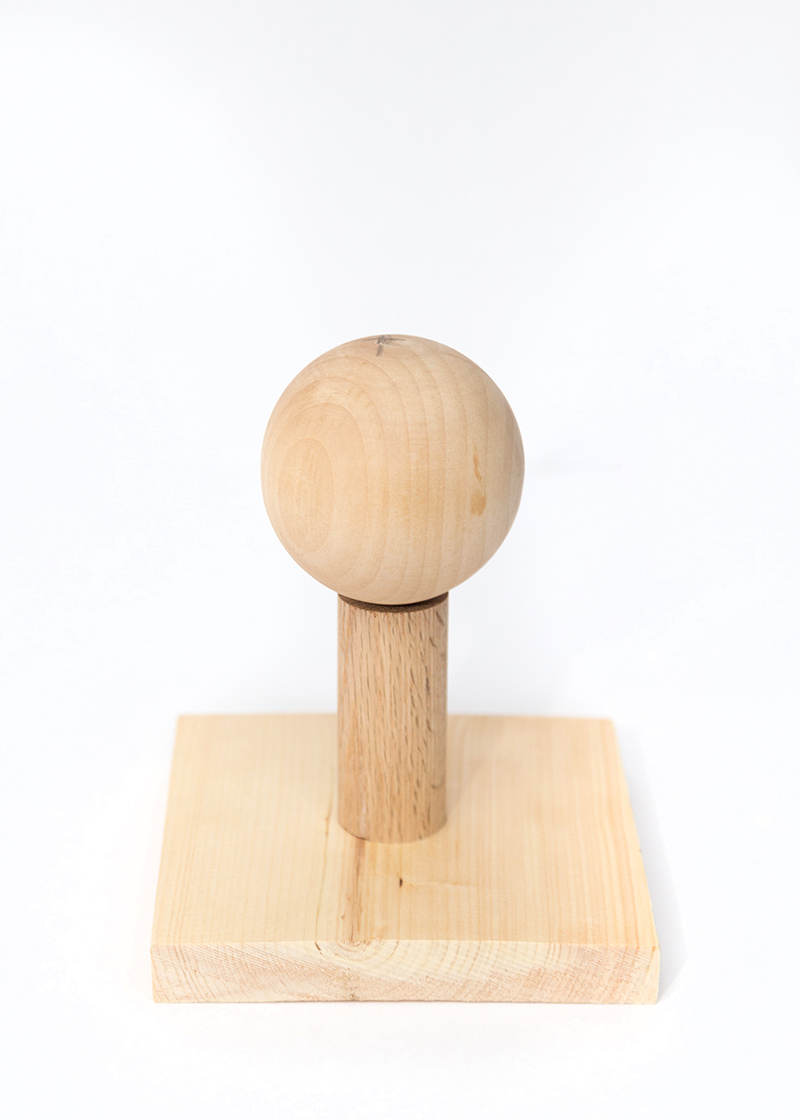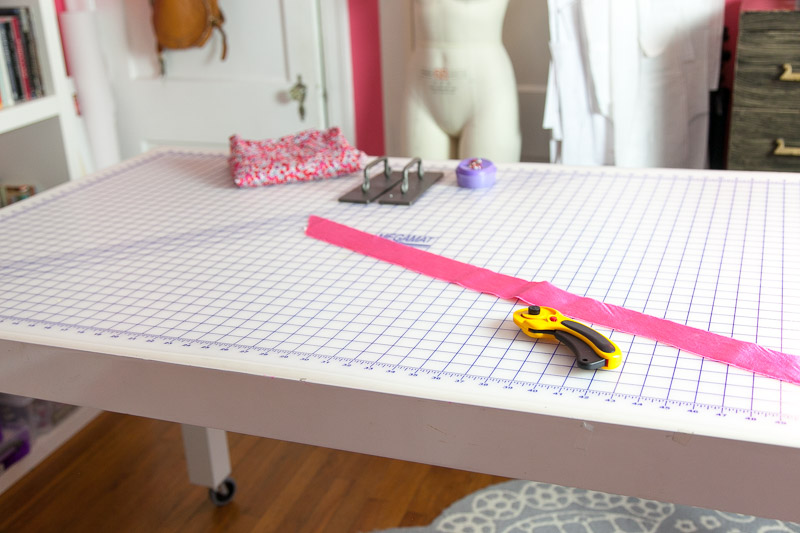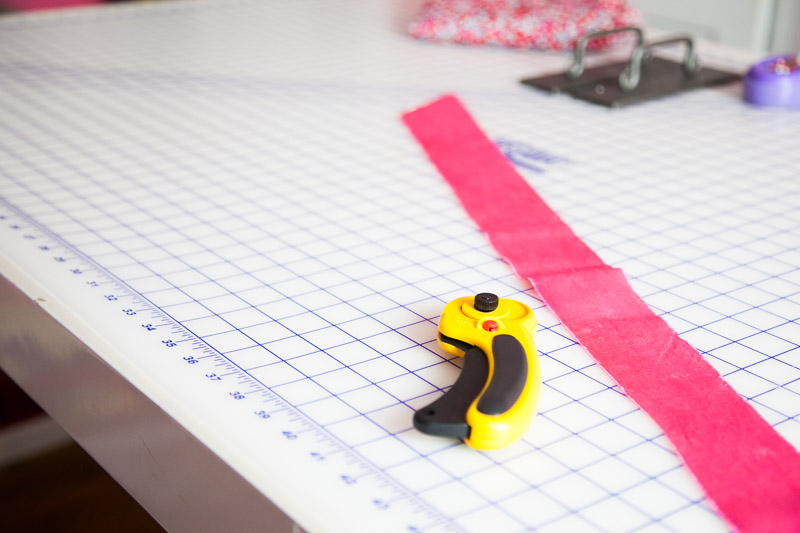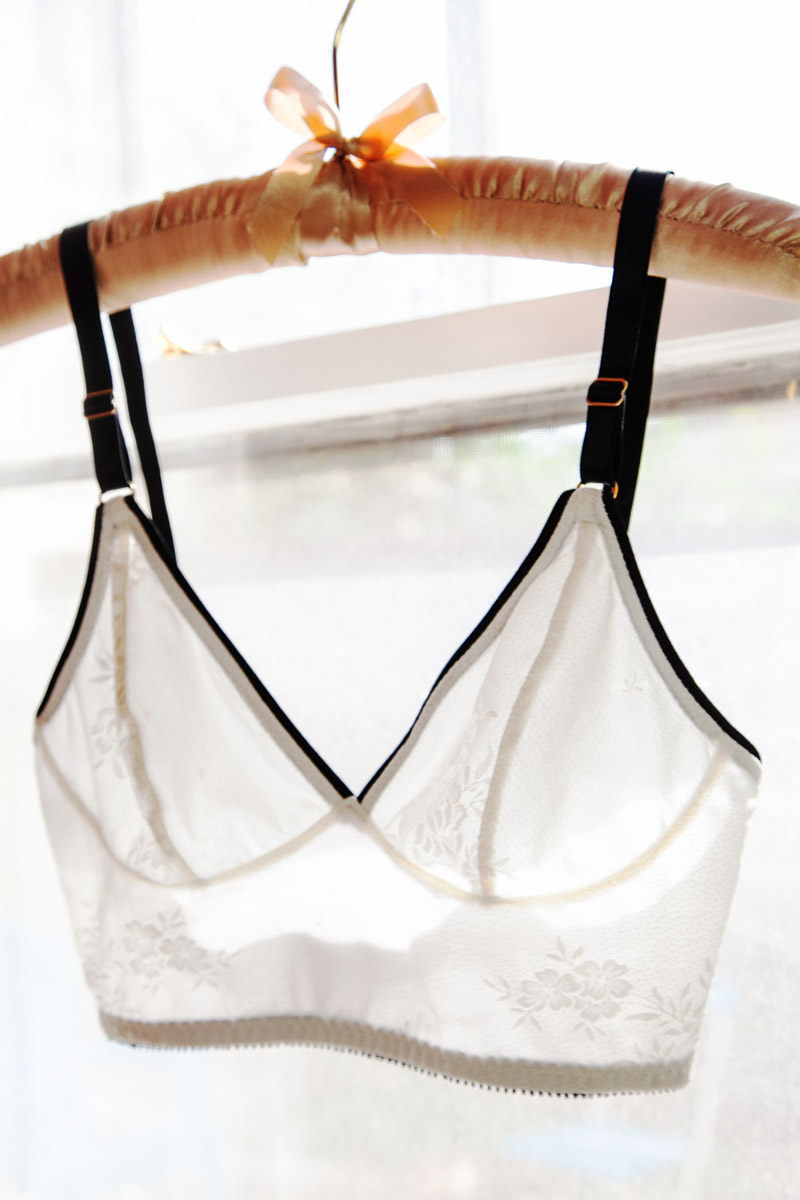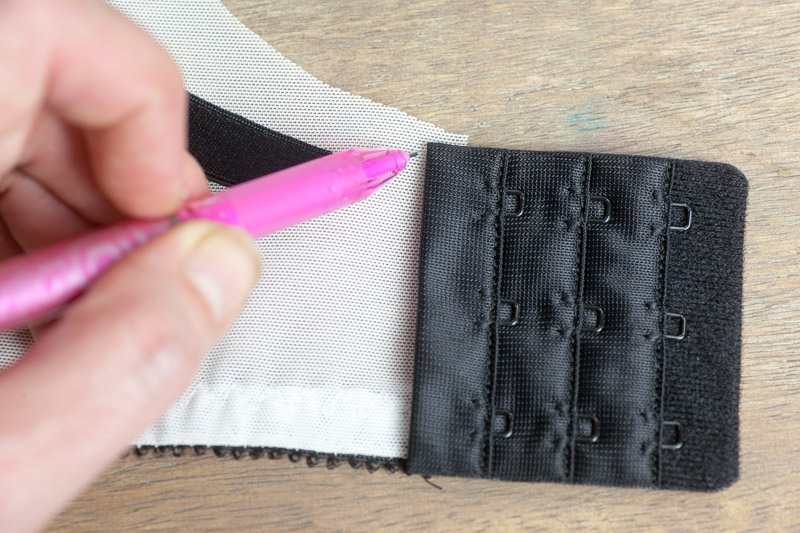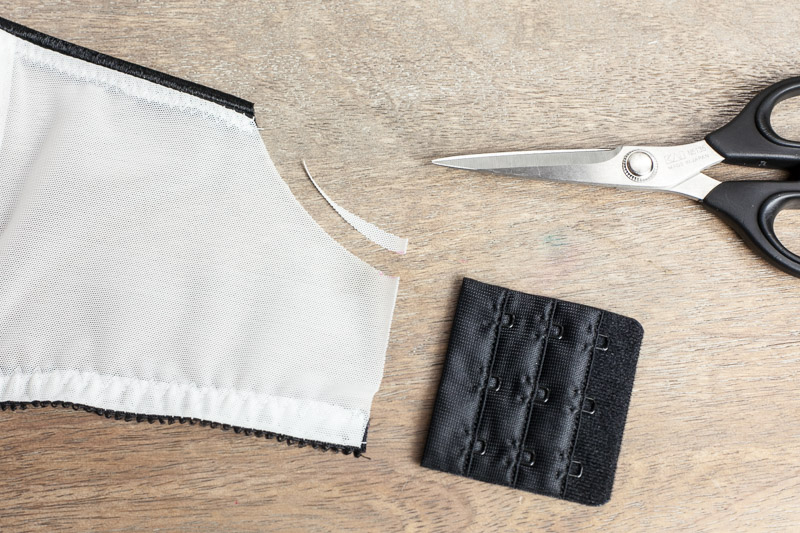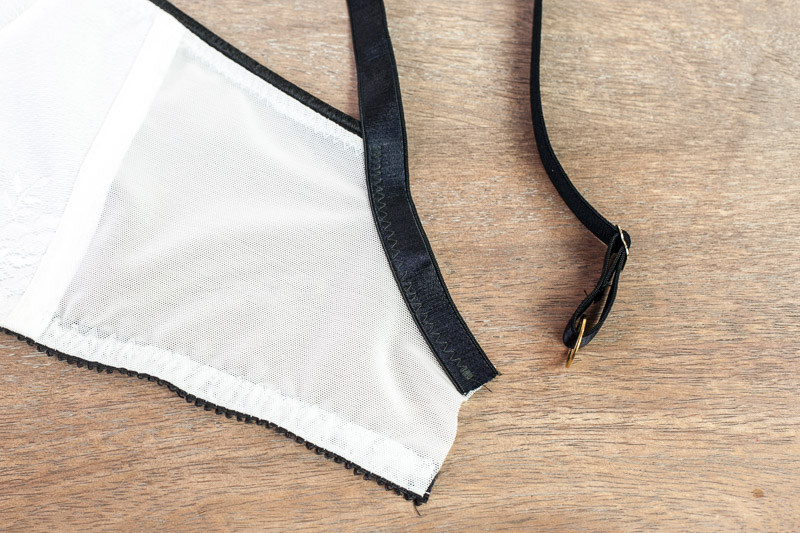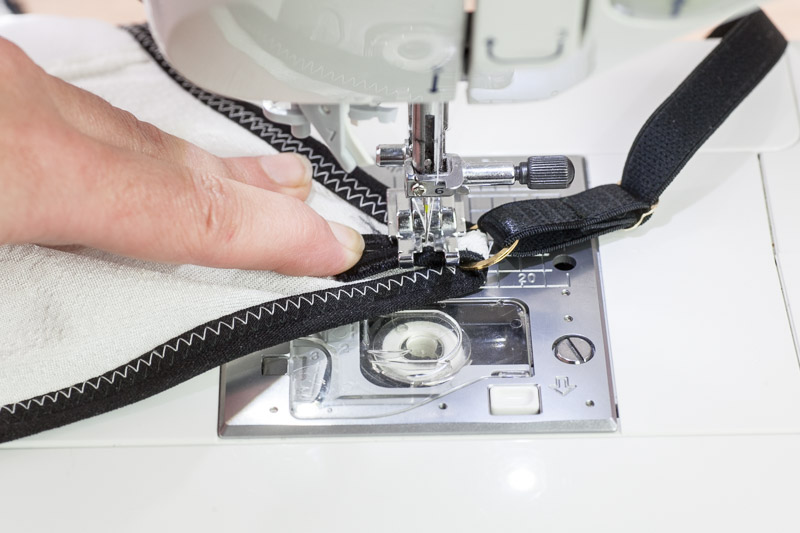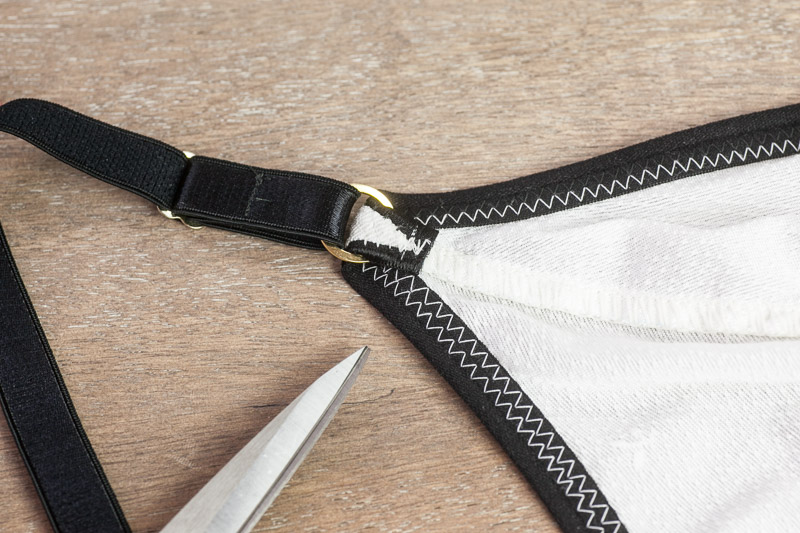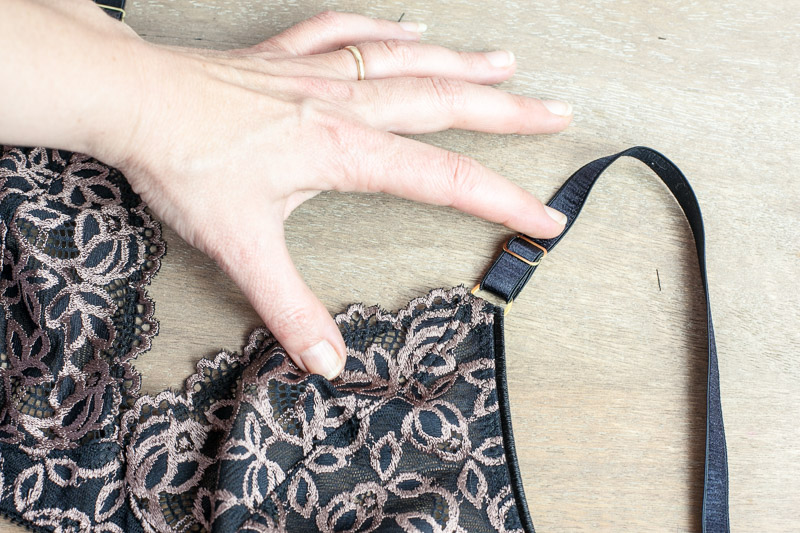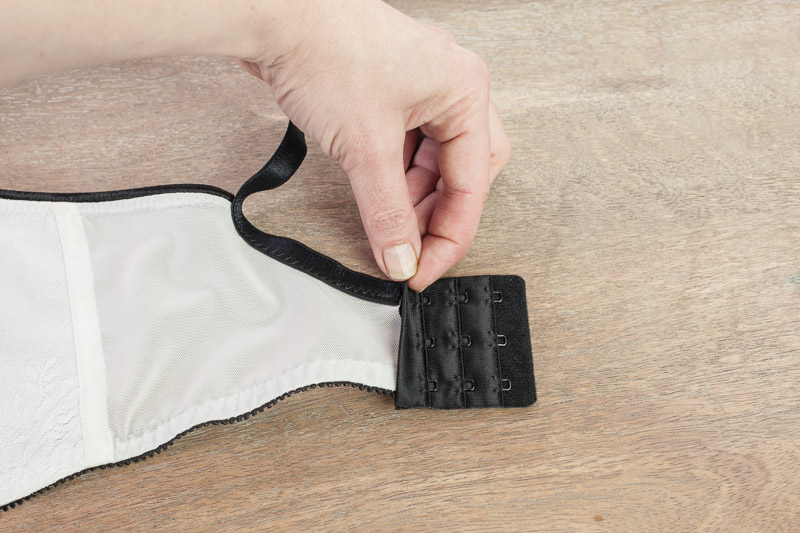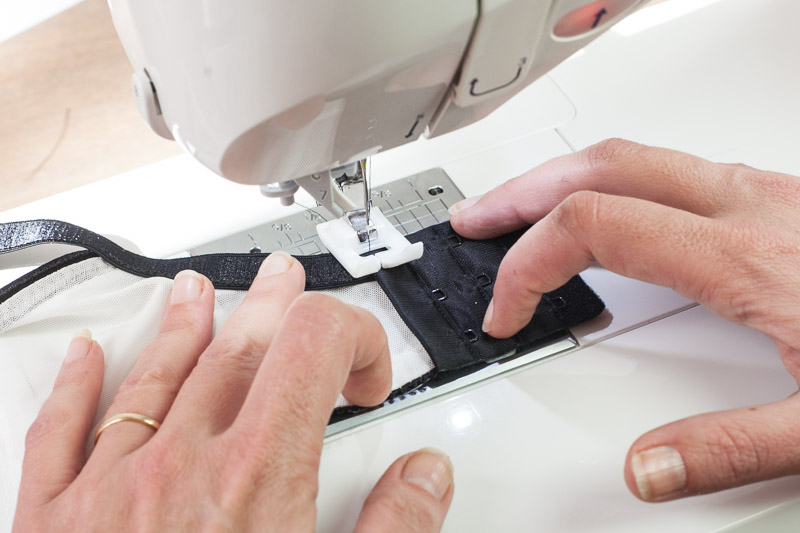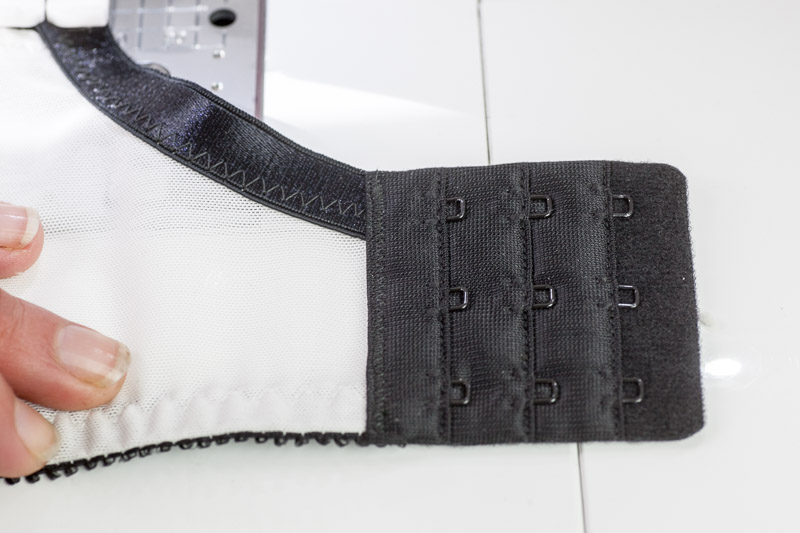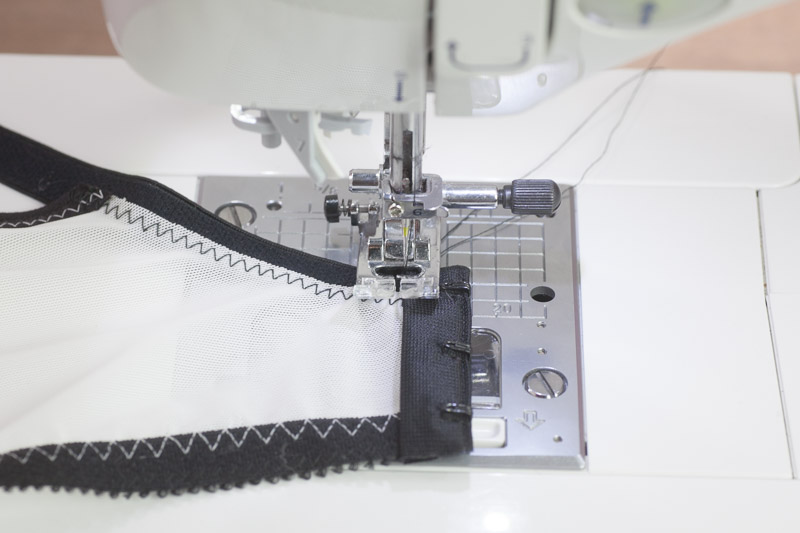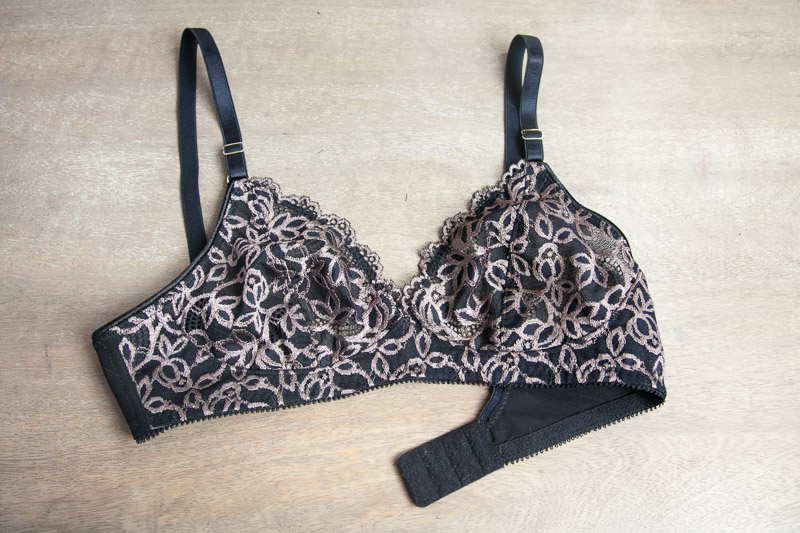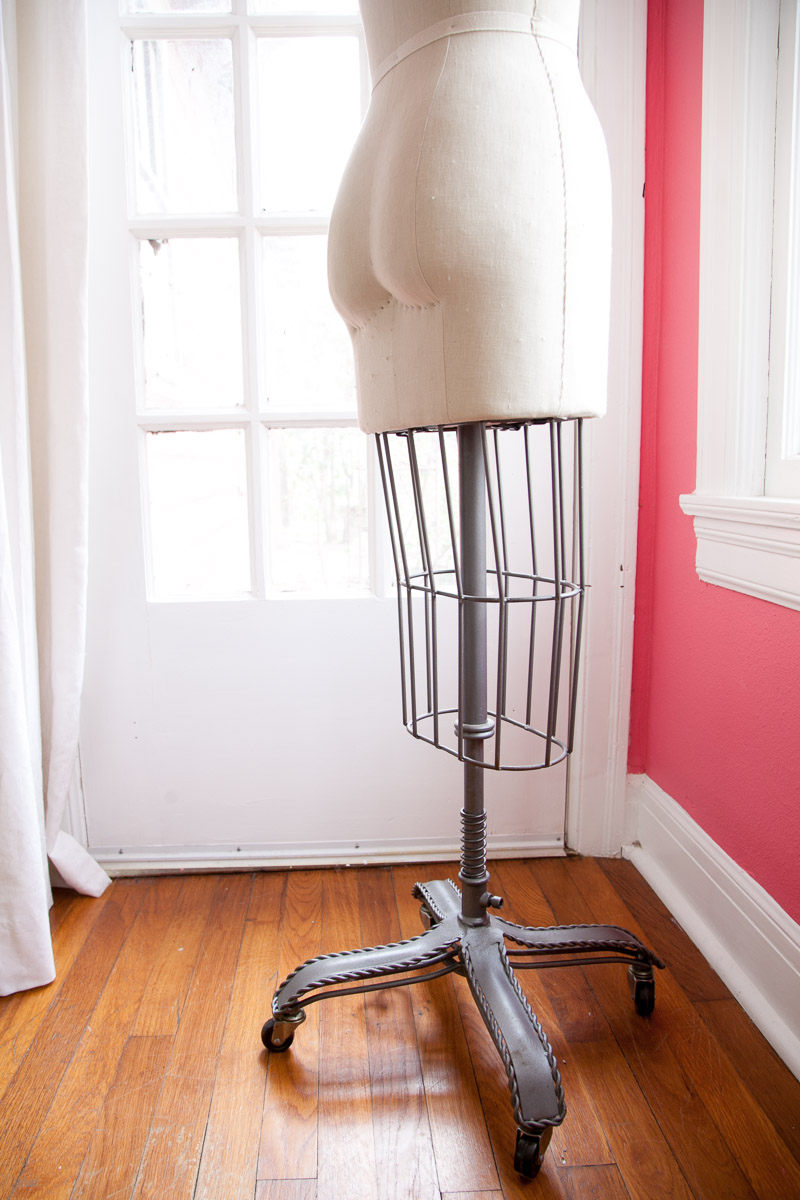
Let’s talk about one of sewing’s favorite subjects: dress forms!
Over the last month I’ve been shopping for a new dress form, both by doing a bit of online “window shopping” and by asking questions of various dealers and makers. It’s been a fun process!
The first time I went shopping for a dress form, circa 2002, I had access to very little information about them. The little that was out there on the internet about patternmaking and draping seemed to reinforce the mystique of, or my need for, a dress form. I was convinced that I needed one for any kind of serious sewing work.
Of course this was fueled in no small part by my lifelong romantic ideals of fashion designers all draping away on their dress forms. When I was a teenager, I used to imagine that a vintage Wolf form was something Molly Ringwald’s Pretty in Pink character might have kept in the corner of her bedroom. And I adored that character (what she did to that prom dress!).
I now own two dress forms. I bought one for personal use and one for professional pattern work and display photography. However, neither fills the specific need I have at the moment.
Why You May Want a Dress Form
Before I dive into dress form specifics, let’s talk about all the reasons one might want a dress form:
- You are a professional custom dressmaker or fashion design student who needs a form, or several forms, for patternmaking and draping. Chances are you already know what kind of forms work for you, based on your training, your clients, or what your school recommended to you.
- You often make very fitted patterns with a lot of design details, and want a dress form to assess style lines, or play with the drape of fabric.
- You draft your own patterns but prefer draping as part of the drafting process, rather than only working with flat patternmaking. It helps you visualize ideas.
- You want a form to mimic your body so you can use it as a fitting tool.
- You are a blogger or shop owner who needs a prop for styling and taking photographs.
- You are a collector! Or you simply want a fun clothes/jewelry showpiece in your house.
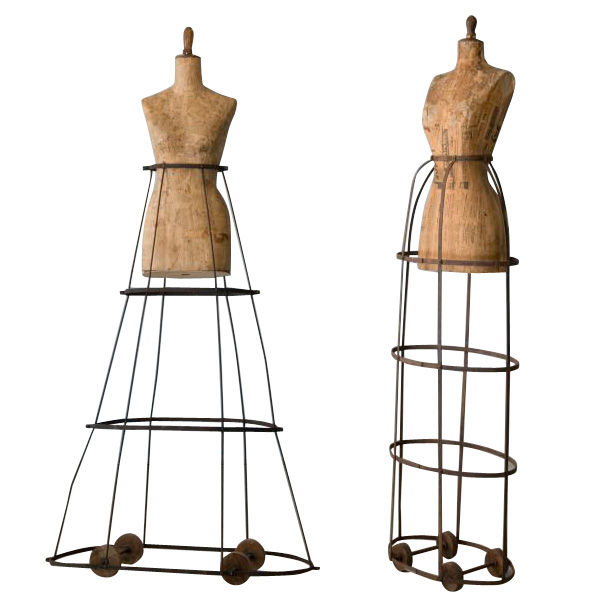
Do any of these stand out for you?
Knowing what you really want to use it for can help you choose from among the various dress form styles.
For example, when I look at this list, I’m most drawn to a form that works for both blog photo styling and makes an interesting collector’s piece. I’d also like the ability to pad the form for fitting purposes in the future. So I’m interested in looks as much as function.
Clearly I don’t prioritize having a form for fitting or draping purposes, which is probably the biggest reason many sewists want a dress form. The truth is, even if I had a better form or a totally customized body cast I don’t think I would use it very much for fitting. I prefer to fit directly on my body, and I can often visualize what flat pattern adjustments are going to do.
However, if you have trouble visualizing adjustments or pattern lines, a form might be a helpful tool!
Types of Dress Forms
Now let’s have a look at some of the different form types out there.
1. Professional dress form with cast iron base. These kind of forms are usually made with papier mache, padded with a few layers of cotton wadding and covered in linen. These are usually available either as a classic dressmaker form with a skirt cage or as a full body with legs.
Among these kind of forms is a huge variety in quality, and I’ll talk more specifics about these forms in my next post.
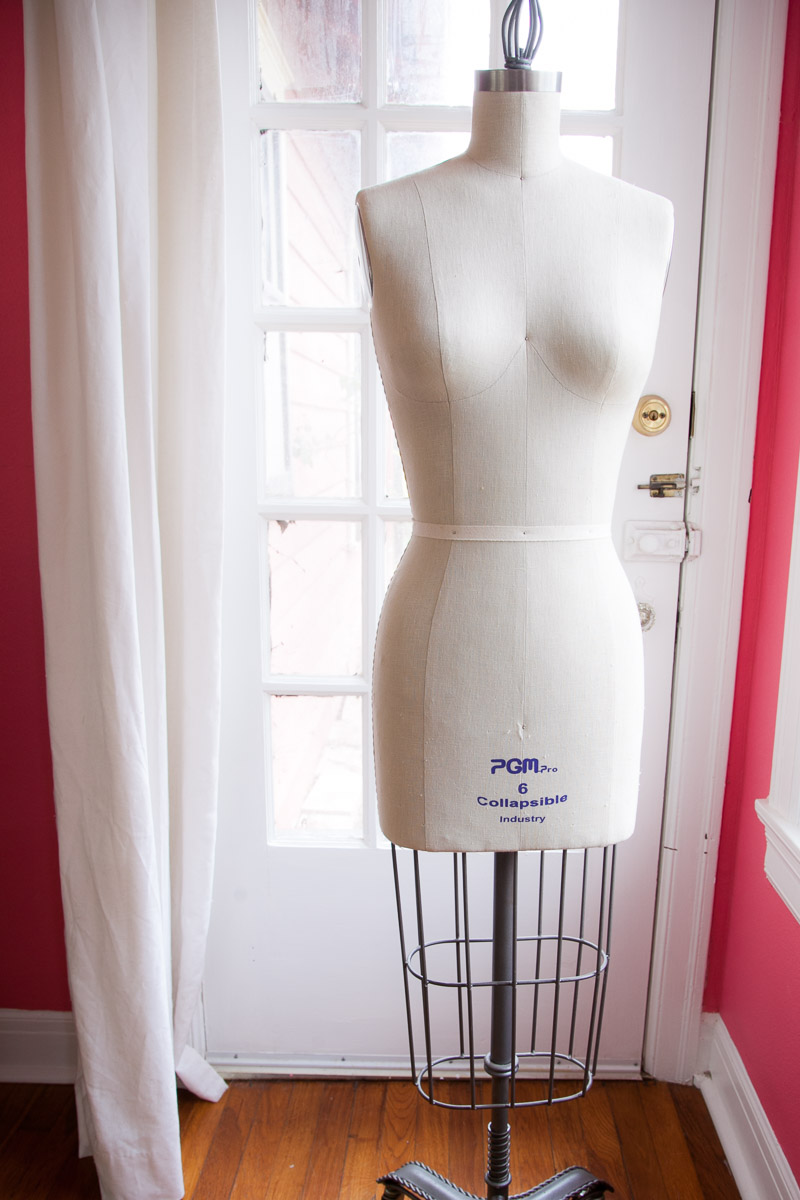
2. Display form. These forms are often designed to look just like sewing forms but they are really produced for display purposes. The form is usually made from either foam or fiberglass, and have a more simplified body shape to them.
Some dress forms cover a middle ground between professional sewing form and display form. For example, Urban Outfitters is selling this dress form, which was probably produced as an inexpensive form by one of the major form makers:
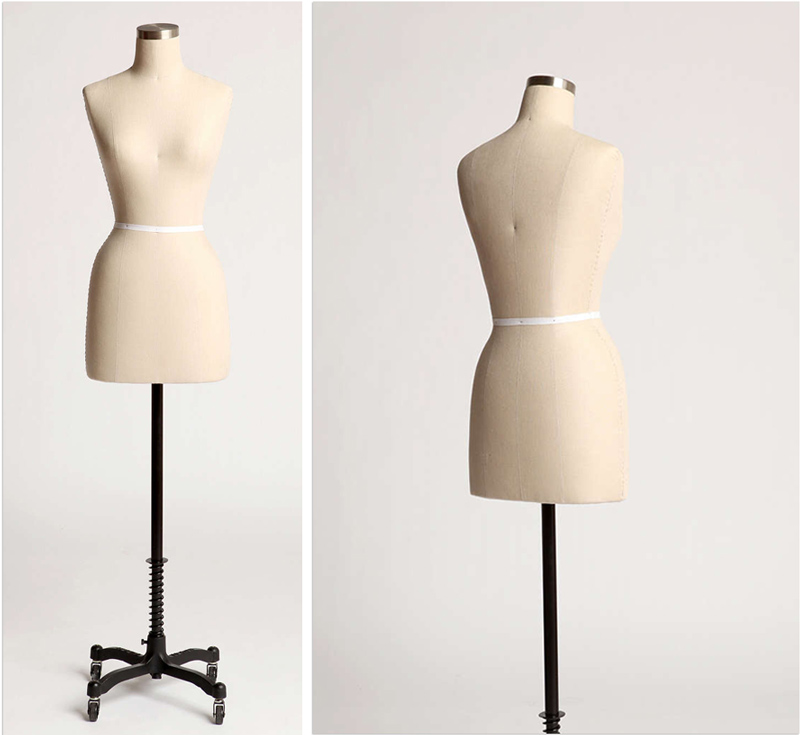
Although it is advertised as a sewing tool, it doesn’t have collapsible shoulders, is made from foam, and the stand has a height pedal that is purely decorative. You’ll also notice that the body shape is quite simplified, with absolutely no butt.
3. Adjustable dress form. These are the forms with dials that allow you to expand and contract the form as needed for different measurements.
4. Handmade dress form. There are a lot of fun methods for making a totally customized body form: plaster-casting, duct-tape and papier mache. Among these methods I’d include the mother of all crazy inventions, the Uniquely You form, which is a compressible foam form that you squeeze into a custom-fitted cover. Whoever first came up with the name “torpedo boobs” for this form deserves a sewing hall of fame star! I own one of these babies, too. A story for another day.
An important thing to keep in mind is that most dress forms can’t totally replace the work of fitting on an actual body. Bodies move and breathe. Most of these forms need work in order to replicate important body measurements and posture.
If you don’t need to do a lot of heavy fitting work, almost any of these will work for light sewing purposes. What you choose depends on budget, how much you need to fit precisely, or whether or not the form is for other non-sewing purposes.
—-
So after all this you may wonder what I’ve chosen for myself! As I mentioned I have a very specific need and I’ve narrowed it down to a few options. I’ll share more about that, along with what I loved and disliked about particular forms, in my next post.
Do you have a form? What do you use it for? What do love or wish you could change about it? And if you’ve blogged about your form, do share a link. I love reading dress form posts!

